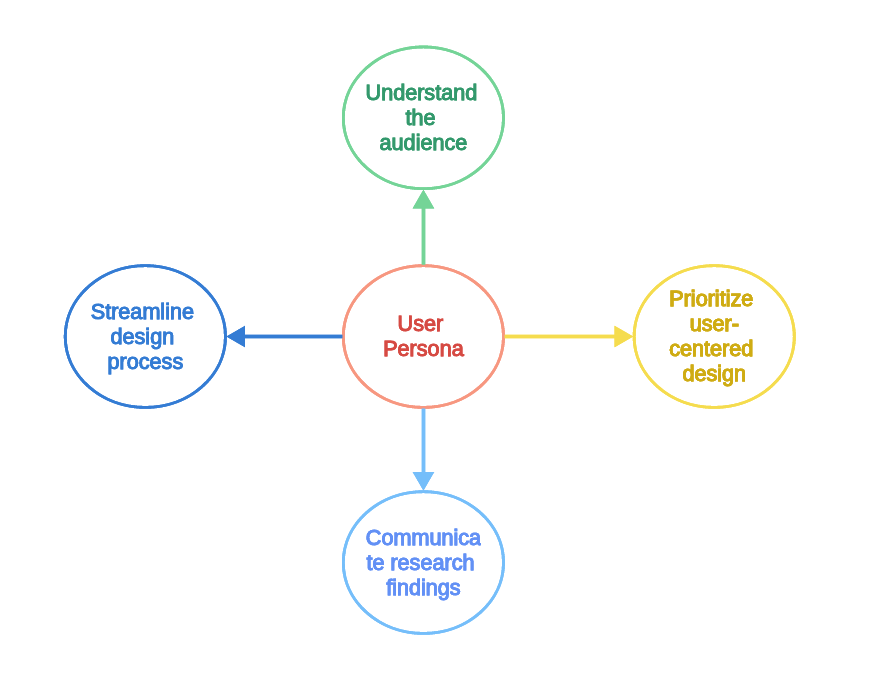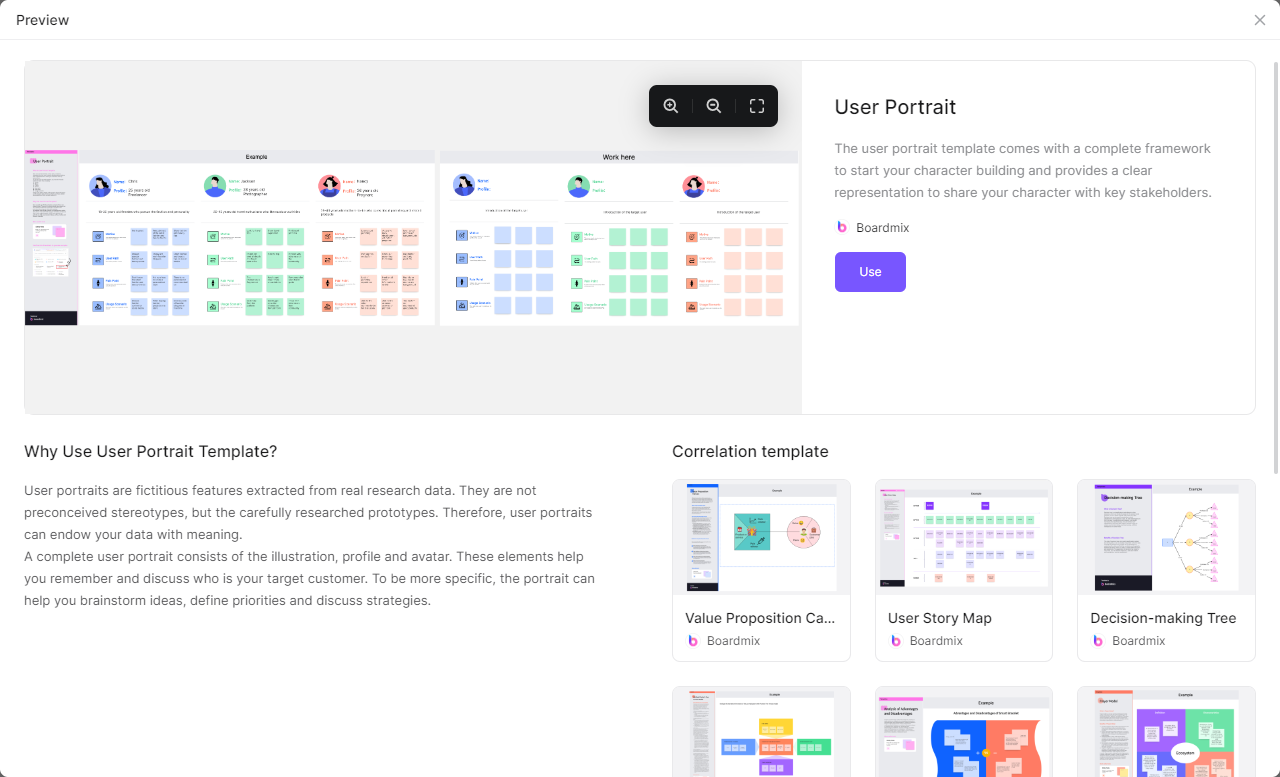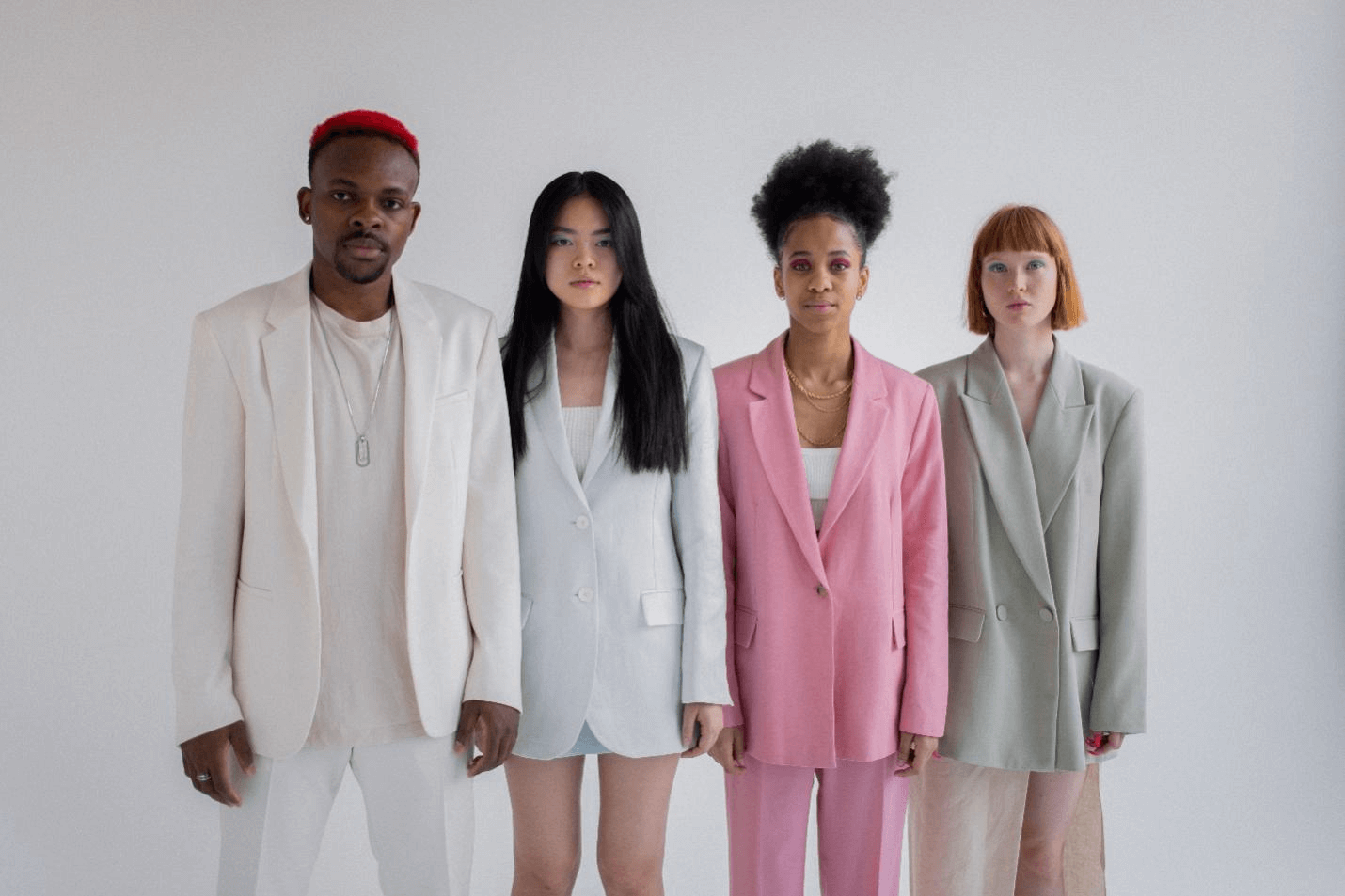User personas are an invaluable tool when it comes to gathering user research and finding solutions for your target audience. Understanding the user persona allows you to create more human-friendly products and services. In this article, we will discuss user personas in detail, including their role in UX and important considerations when creating great user personas. Let’s get started!

What Is a User Persona
User personas refer to a user profile that represents the needs and wants of a subgroup of your target audience. The personals are in an in-depth analysis of the behavioral patterns, attitudes, goals, problems, skills, and background of your ideal customer.

Source: UiUXden
A user persona or UX persona is a fictional representation of your ideal customer. UX designers usually start the design process with user research, which involves building empathy with your target users. It also helps in identifying exactly what the target audience needs from the product being designed. Therefore, a persona in UX is based on this user researcher and incorporates the goals, needs, and observed behavior patterns of the target audience.
Why Is the User Persona so Important in UX
The user persona is important in UX because it helps in understanding the kind of customers a brand is dealing with. In this context, design teams use persona information to create designs and build products that fit the needs of the audience. They also use the user persona details to prioritize their work and communicate with other teams.

A user persona clarifies who the target audience is, and helps the UX team to create features and design elements that appeal to this group. Essentially, the persona in UX answers the following questions:
- Who is my ideal customer?
- What are the goals and needs of my customers?
- What are the current behavior patterns of my customers?
- What pain points and issues do they face in given contexts?
What Makes & Doesn't Make a Great User Persona
A great user persona represents a subgroup of your target audience. This persona serves as a guide in the process of making products or services, as well as marketing decisions. With the UX persona details, you can humanize your user research and real data to create a more understandable representation of your audience's needs or wants. You will understand your customers, goals, behaviors, motivators or frustrations, pain points, and their typical day.
While a great UX persona reflects reality, a poor persona fails to fact-check. This can mislead the teams and derail the success of projects.
How to Create a Great User Persona
The kind of information that you include in your user persona is context-specific. It usually depends on what you want to understand about target users. However, some information such as the wants and needs of your audience is always a must while other information like location and gender often serves little purpose. Therefore, you may get lost when creating a user persona by yourself.
However, writing a great user persona does not have to be that challenging. With the User Portrait template by Boardmix, you can create a UX personal profile that clearly describes your target audience. The template can be found in the Boardmix template center and allows you to include all the essential components of a user persona.

The User Portrait template does a great job of showing the most important information at a glance. The reader is not overwhelmed with detail but can focus on the key definitive features of the user persona. It also hierarchically organizes the information based on importance, giving more attention to goals, motivations, and frustrations.
Step by Step Guide
A well-defined UX persona contains four key pieces of information. They include the header, demographic profile, end goals, and a scenario. See the example below;

Source: Datocms-asset
To create a great user persona, start by conducting plenty of research to ensure your personas represent your users accurately. Once you have gathered an adequate amount of quantitative and qualitative data, organize the information into personal groups representing your ideal customers. Focus more on the major needs of the most important user groups since you cannot be everything to everyone. Here is how to do it:
Step 1: Add a Header
The header comprises a fictional image, name, and quote that summarizes the most important needs of the user persona in relation to your product. This information helps to improve memorability and keep the design team focused on the users as they build a product. For instance, if you are building a travel app, the header maybe something like this:
- Name: Juliet Traveller
- Summary Quote: I want to go to new and unique holiday destinations away from the usual tourist trips.
Step 2: Add a Demographic Profile
The demographic details of your UX personas must be factual based on user research. Include information such as personal background, professional background, psychographics, and user environment.

Personal backgrounds include details such as gender, age, education, ethnicity, family status, and persona group. Juliet’s personal background may be described as “42 years old, a divorced mother of two, and has a Master’s degree in business administration.” On the hand, the professional background will include details such as job occupation, work experience, and income level. We may add that Juliet works full-time at a large financial institution, and earns around $75,000 per year.
The user environment comprises the physical, technological, and social context of the user. This includes the technological device the user has access to, their collaboration with others, and the way they spend most of their time in a home or corporate office. Juliet’s user environment may be in her corporate office, mostly on a laptop, but also uses mobile devices when commuting to and from work.
The last section covers psychographics, which includes details such as interests, attitudes, pain points, and motivations. This section provides a better explanation of why the user behaves in a certain way and their choice of products. A summary of psychographics for Juliet may be as follows:
- Hates tourist traps, enjoys luxury spa retreats
- Enjoys trying authentic local cuisine.
- Appreciates an element of exclusivity.
- Tends to favor quality over economy.
- Prefers to travel alone or with one other person.
This information adds a layer of realism to a UX persona and boosts overall empathy when exploring the needs and goals of a user.
Step 3: Add End Goals
This is the motivating factor for the UX persona that inspires action. It answers the question of what the user needs or wants to accomplish by using your product. In Juliet’s case, her end goal is to discover a new destination and book a luxurious holiday destination using your travel app.
Step 4: Add a Scenario
This is a “day-in-the-life” section that describes how the user personas will interact with your product in a certain context to achieve the end goals. The scenario is written from the user persona’s perspective to describe use cases that may happen in the future. In the case of Juliet, it would be something like:
“At least twice a year, I travel for a luxury holiday. I am interested in discovering places I have never been before and trying to reach destinations not yet overrun with tourists. Since I work full time, I do not have enough time to browse through the internet and book every element of my holiday. I usually look for package deals with local restaurant recommendations, great joints, unique accommodations, and more…”
Conclusion
After reading the post, you can have a basic understanding of user personas and know how to make one by yourself. Moreover, you’ll know how Boardmix comes in handy. As an online collaborative whiteboard tool, Boardmix is perfect for diagramming, information collection, and visualization. No matter what you want to do, Boardmix’s infinite canvas and transit station can carry all materials you collect from any place. This tool also has a built-in template center, from which you can find plenty of ready-made templates. The template is a good place to start, highlighting all the important information. Most importantly, you can customize the persona based on your needs using various tools provided.
Just seize the chance and create your own user personas today!













